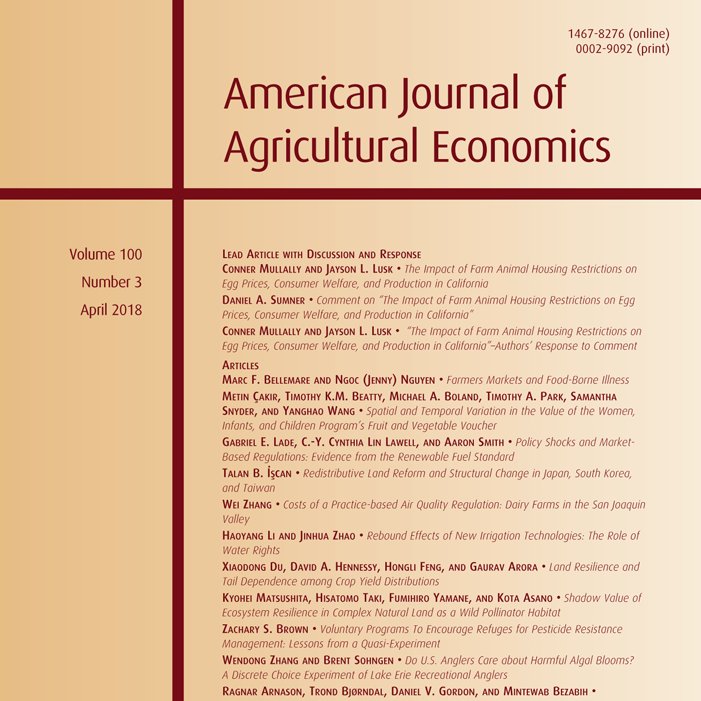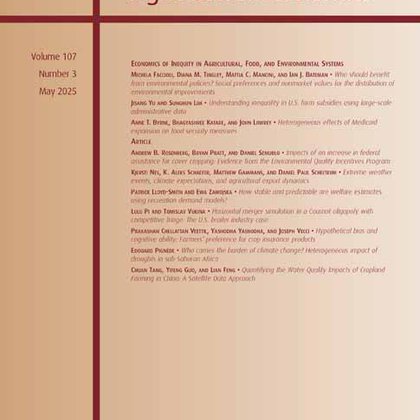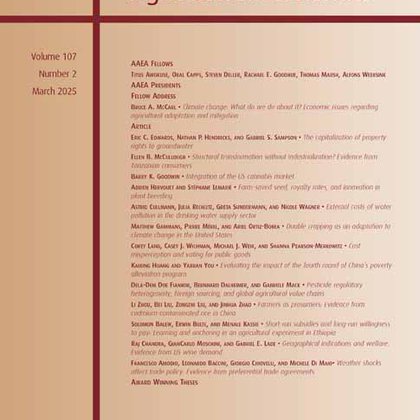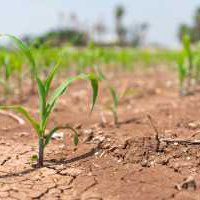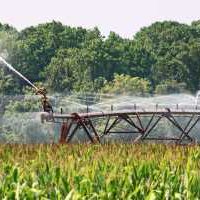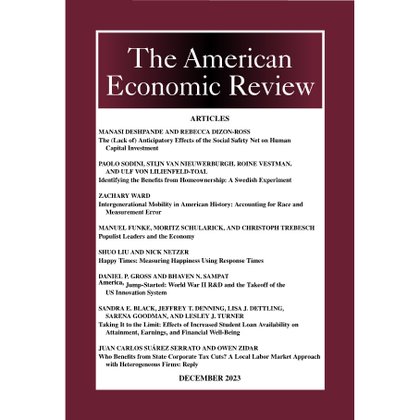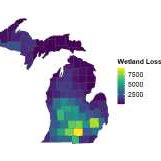
Matthew Gammans
@mattgammans
Followers
476
Following
1K
Media
17
Statuses
202
Economist. Interested in agriculture, markets, and measuring stuff.
Joined May 2020
RT @AJAE_AAEA: "Extreme weather events, climate expectations, and agricultural export dynamics" by @NesKjersti, @AleksSchaefer, @mattgamman….
onlinelibrary.wiley.com
Rising temperatures and shifting precipitation patterns threaten agricultural yields in many key global production regions. This paper assesses the impact of growing-season extreme weather events on...
0
14
0
🧵A thread on this @AJAE_AAEA paper, joint with @ArielOrtizBobea and Pierre Mérel: Double cropping as an adaptation to climate change in the United States.
onlinelibrary.wiley.com
A warming climate expands the frost-free season, plausibly allowing for increased cropping intensity in temperate regions. This paper assesses the potential of multiple cropping to offset the...
3
8
37
RT @hagertynw: (I think economists could benefit generally from thinking more about units! In physics EVERYTHING is about unit analysis, wh….
0
7
0
Emmanuel gives a nice overview of this paper, out this week in @JEEM_tweets. I think we're all starting to understand how important characterizing response heterogeneity is for climate impacts. This paper has a few caveats and suggestions along those lines.
How to compute economic counterfactuals under future climate scenarios? 🌤️.Pierre Mérel, @mattgammans, and I develop a sufficient statistics approach. Check out our article now available in @JEEM_tweets, with open access until April 10! ⬇️
0
4
9
A very brief piece on short- and longer-term drought management strategies, with Alan Ker and Molly Sears (@MollySears16).
canr.msu.edu
A look at options for managing drought in the short and long term.
0
5
12
A look at irrigation trends in Michigan from @SungminCheu and myself.
canr.msu.edu
A look at trends in the number of irrigated acres and overall irrigation water use.
0
0
3
This piece relies heavily on the data and code made publicly available by Charles Taylor (@ctaylor463) and Hannah Druckenmiller in their recent paper on wetlands and flood damages.
aeaweb.org
(April 2022) - In 2020 the Environmental Protection Agency narrowed the definition of "waters of the United States," significantly limiting wetland protection under the Clean Water Act. Current...
0
0
1
In light of the Sackett vs. Environmental Protection Agency ruling, some data-driven musings on Michigan wetlands, floods, and property rights.
canr.msu.edu
A discussion of some research on the public value of wetlands and the private value of property rights.
1
0
6

